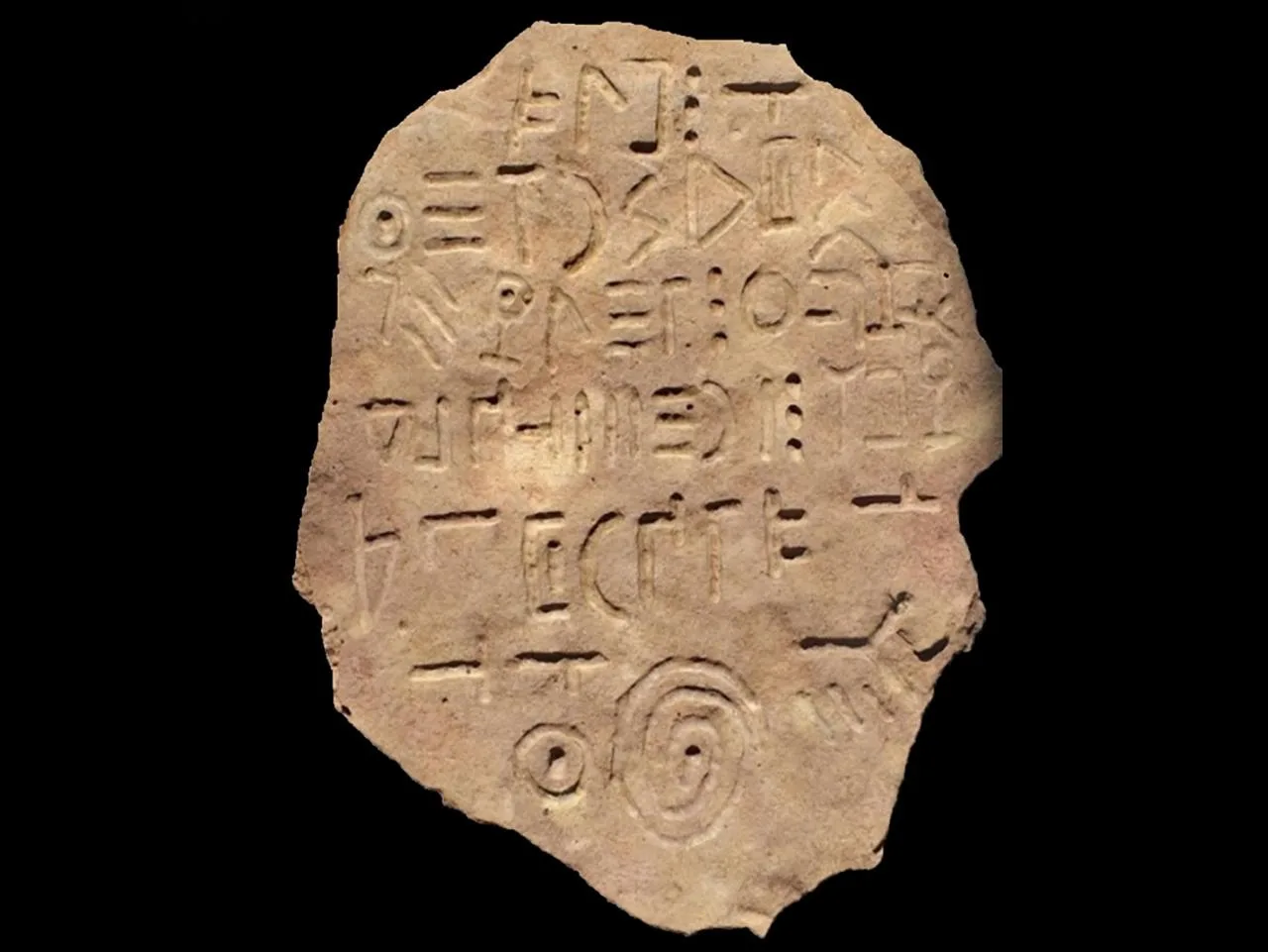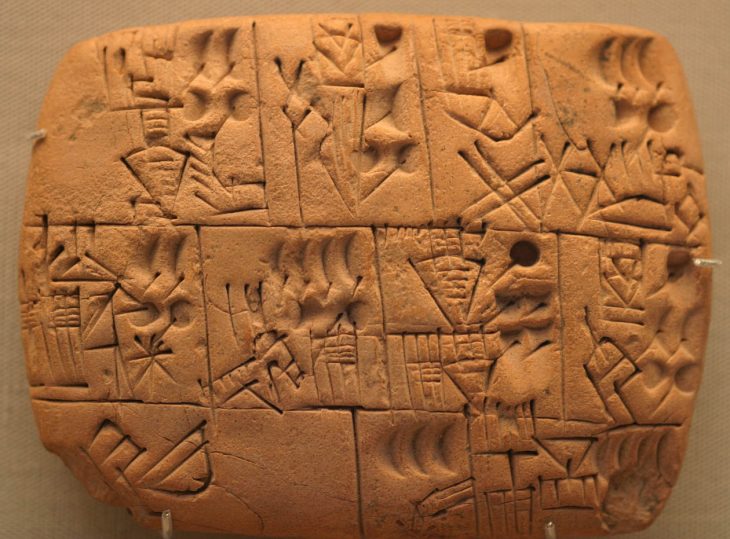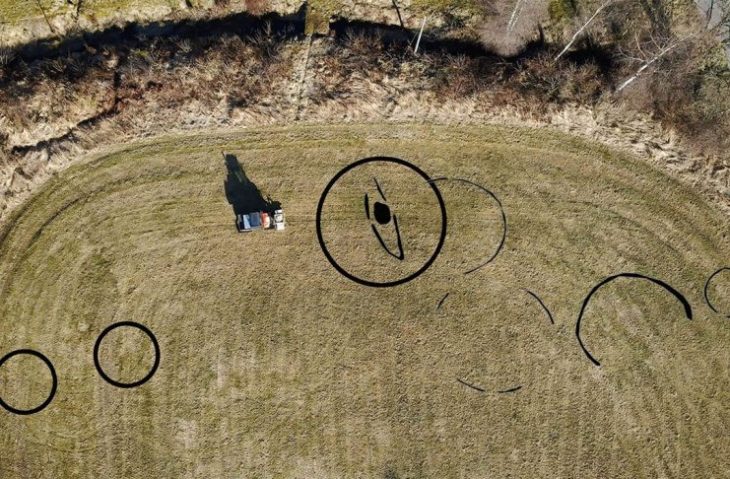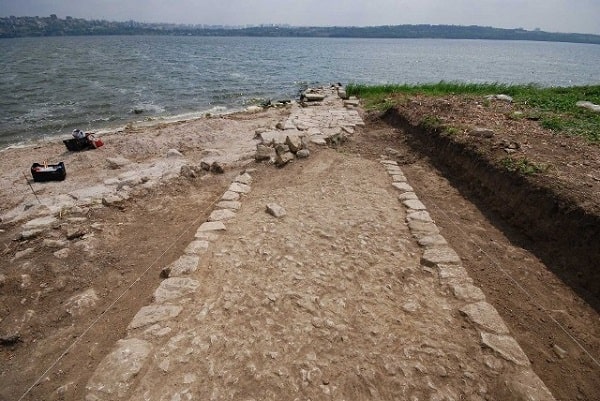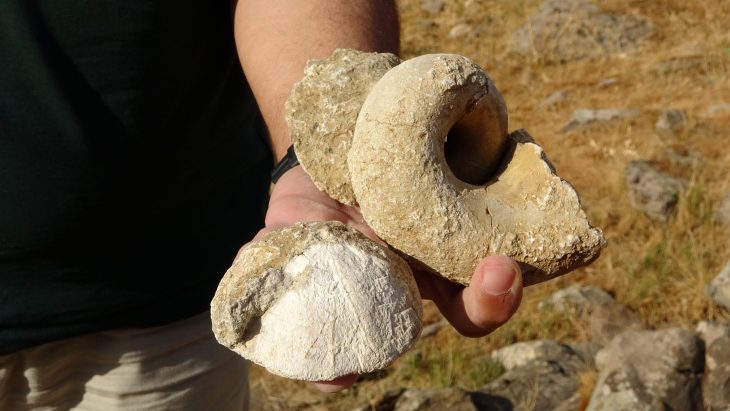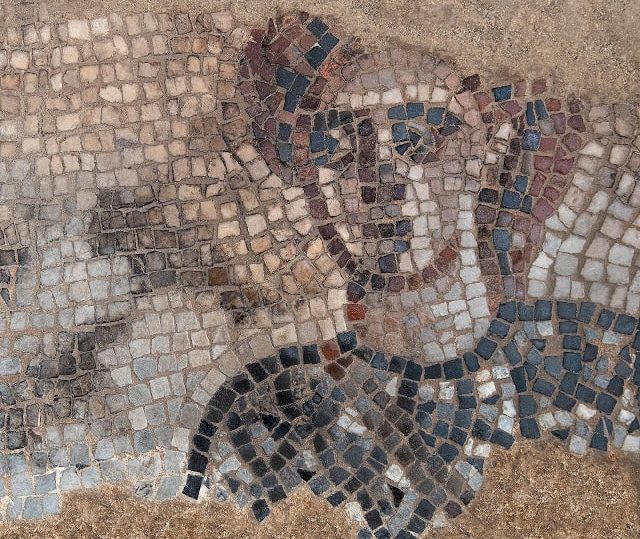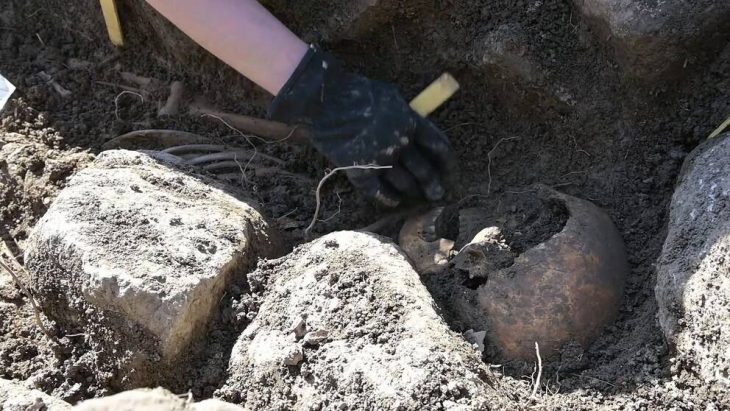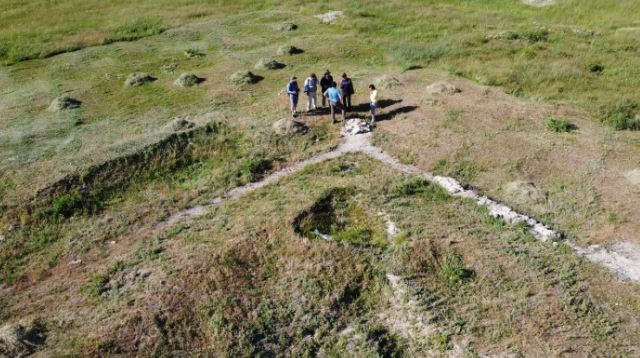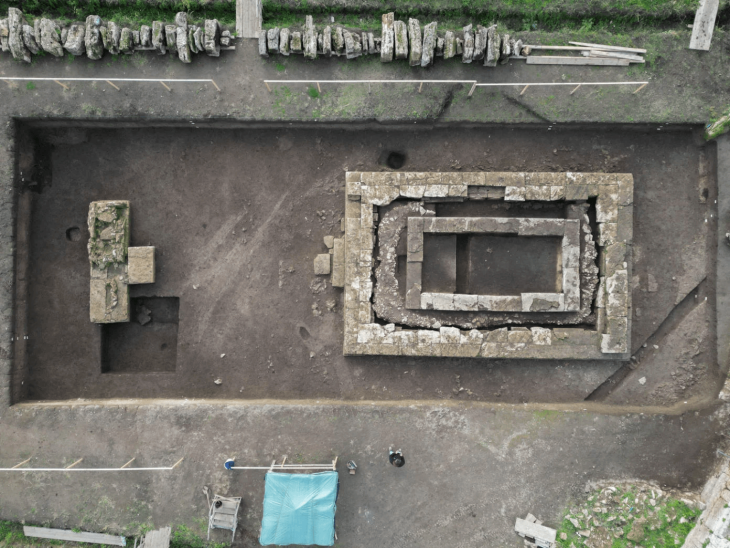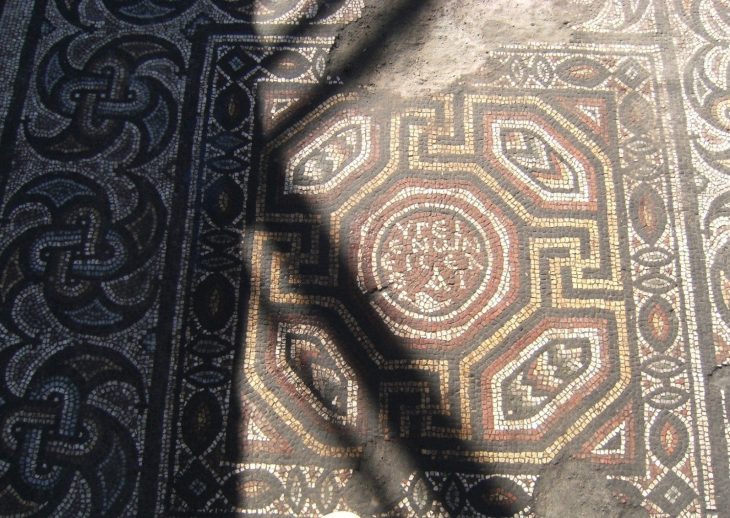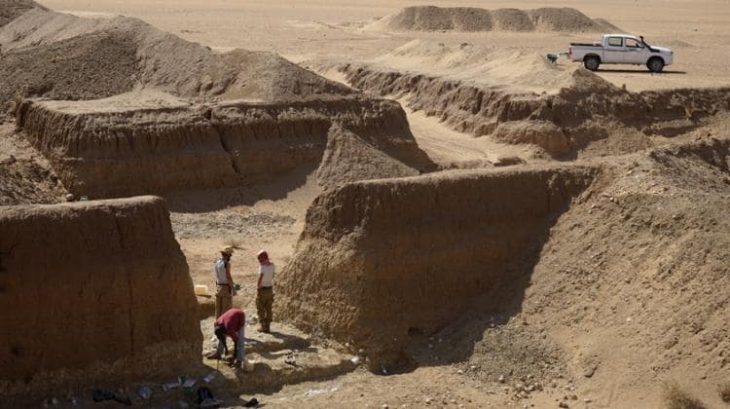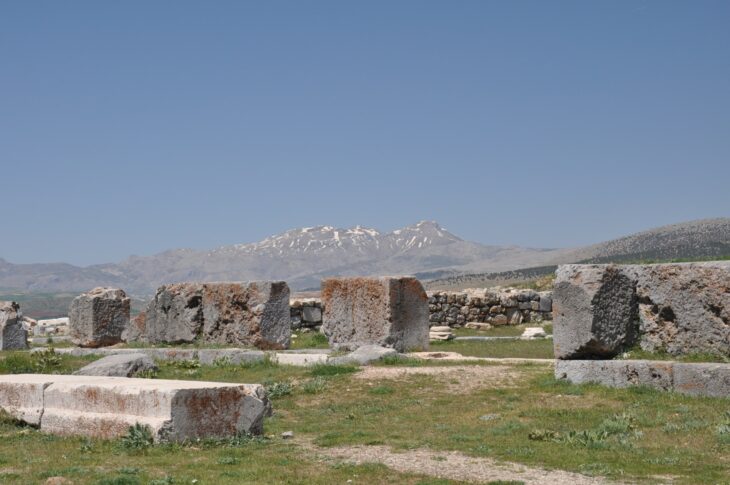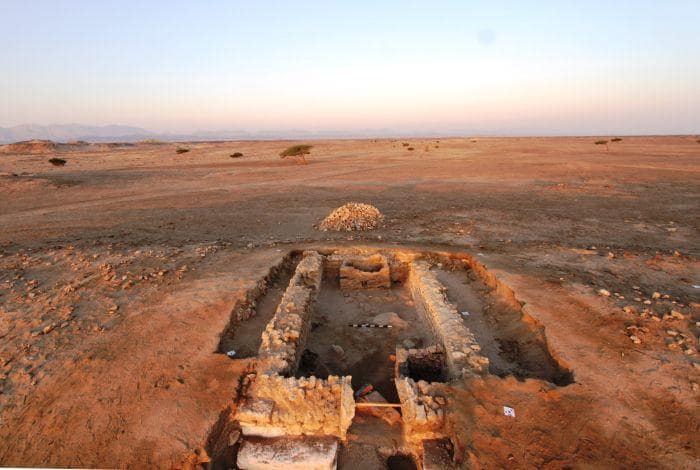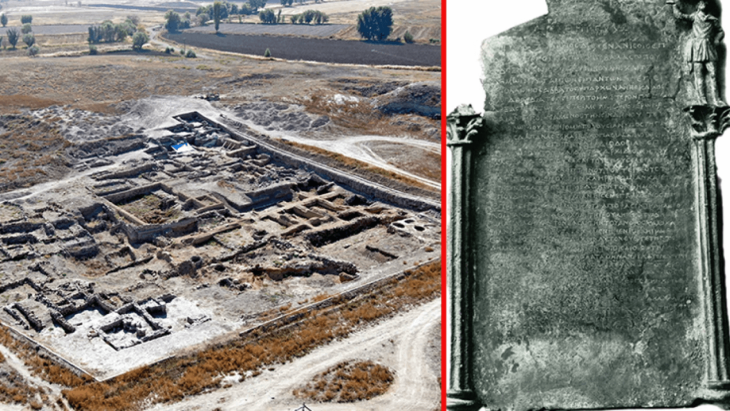Archaeologists have unearthed a basalt tablet with inscriptions in an unknown language near Lake Bashplemi, in the Dmanisi region of Georgia. Although the tablet’s exact age is uncertain, researchers believe it was created in the Late Bronze or Early Iron Ages (first millennium BCE) based on related artifacts such as stone mortar and pottery fragments.
Made of local vesicular basalt, it measures 24.1 x 20.1 cm and records 60 different symbols, 39 of which have no exact equivalent in other known ancient writing systems. The symbols, created using a conical drill and smoothed with rounded tools, reflect a high degree of craftsmanship.
Lake Bashplemi is located on a volcanic plateau surrounded by hills and fed by small tributaries of the Mashavera River. The region is known for its wealth of archaeological discoveries, especially in relation to human remains dating back as far as 1.8 million years.
Researchers discovered ceramic fragments, a mortar stone, and pieces of obsidian on the surface, indicating that the area may have had substantial human activity even though it had not been thoroughly investigated from an archaeological standpoint.
The basalt tablet contains 39 unique symbols arranged in seven horizontal lines or registers. Some of these symbols repeat, allowing for a total of 60 characters on the stone’s surface. The arrangement and frequency of some of the characters suggest that they may have been used to denote numbers or punctuation marks.
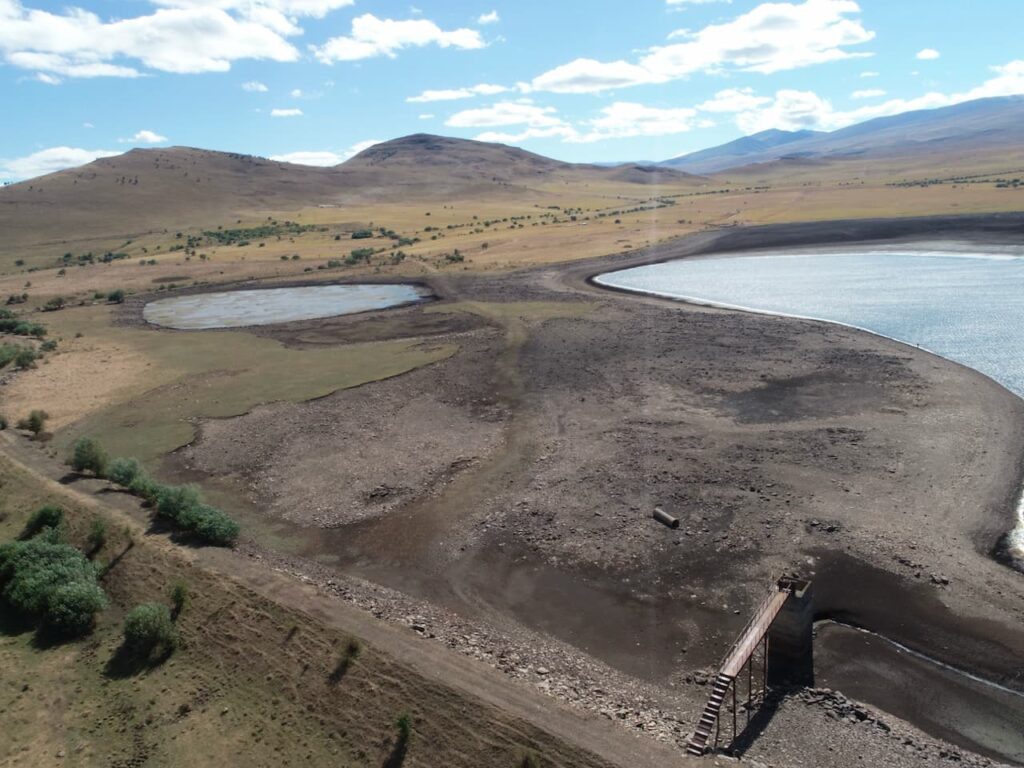
The ancient artisans employed sophisticated methods to produce these characters, such as a kind of conical drill to form the symbols’ initial outlines and rounded-headed instruments to smooth the marks. A high level of skill and sophisticated carving technique is indicated by the hardness of the basalt and the accuracy of the markings.
Archaeologists speculated that the writing may have recorded military spoils, construction projects, or offerings to deities.
“Generally, the Bashplemi inscription does not repeat any script known to us; however, most of the symbols used therein resemble ones found in the scripts of the Middle East, as well as those of geographically remote countries such as India, Egypt, and West Iberia,” noted researchers in the Journal of Ancient History and Archaeology.
This inscription’s partial similarity to several ancient writing systems is among its most fascinating features. There are some similarities between seals from pre-Christian Georgia and the Proto-Kartvelian script from the fourth millennium BCE. Furthermore, certain symbols resemble aspects of early Caucasian scripts, like the Albanian and Georgian Mrgvlovani alphabets, as well as Near Eastern systems, like the Phoenician and Proto-Sinaitic. The Bashplemi inscription, however, does not exactly resemble any known writing system, which suggests that it might be a distinctive or regionally produced script.
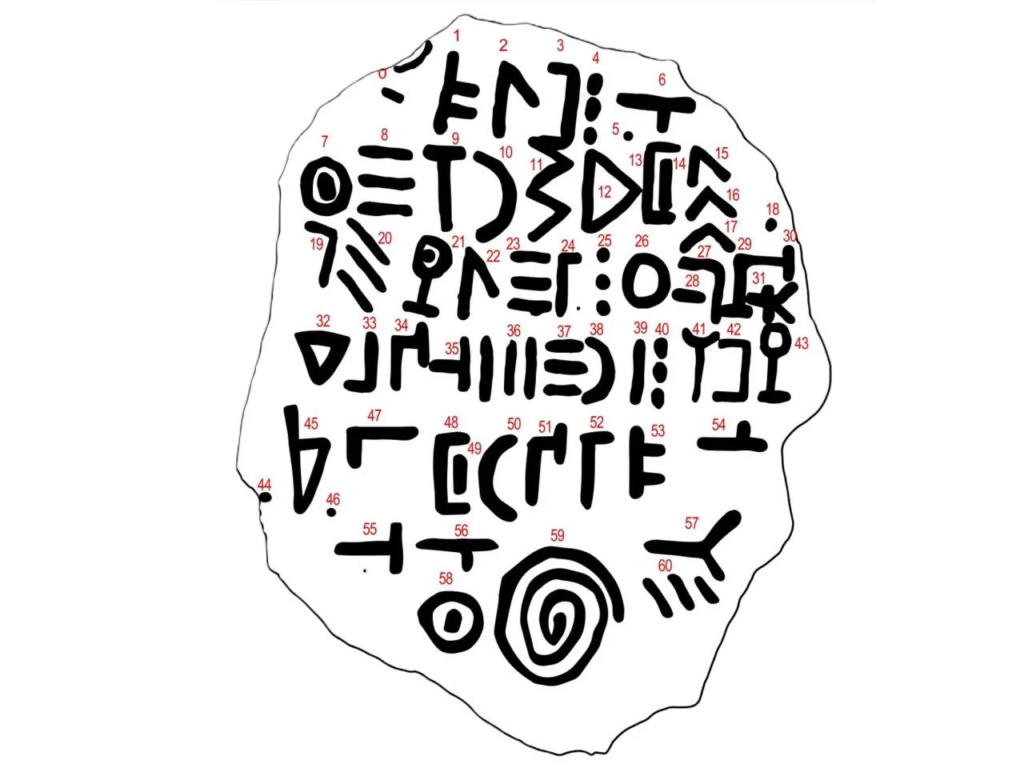
This sign system adds complexity to the cultural history of the Caucasus, a region that, although situated at a crossroads between Asia and Europe, has been seen as a peripheral area in the history of ancient writings. Ancient texts, such as those by Apollonius of Rhodes and other Greek authors, reference writing in the region of Colchis, part of present-day western Georgia, but direct archaeological evidence for such systems has been scarce. More examples of this potential writing may not have survived because biodegradable materials like leather or wood were used, which cannot withstand the humid climate of the area.
The tablet’s authenticity is confirmed by a thorough analysis. Wear marks indicate attempts by contemporary locals to clean it, probably without realizing its significance, and its basalt composition is consistent with the local geology.
Ramaz Shengelia, Levan Gordeziani, et al., Discovery Of Unknown Script Characters In Georgia: The Bashplemi Lake Tablet. Journal of Ancient History and Archaeology, vol 11, no 3 (2024). DOI: 10.14795/j.v11i3.1035
Cover Image Credit: R. Shengelia et al., Journal of Ancient History and Archaeology (2024)

